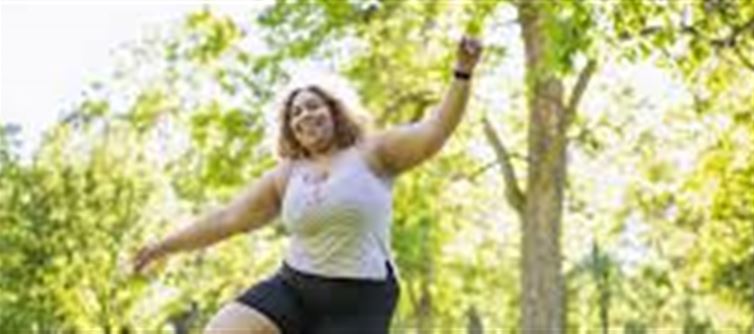
In recent discussions surrounding health and longevity, a fascinating study has emerged highlighting the significance of a simple, yet effective, 10-second balance test. Researchers assert that this brief assessment can provide valuable insights into an individual's overall health and potential lifespan. The test involves standing on one leg for a duration of ten seconds, with the goal of maintaining balance without any support.
The underlying premise is that balance is closely linked to various aspects of physical health, including muscle strength, coordination, and proprioception—our body’s ability to sense its position in space. As we age, maintaining balance becomes increasingly challenging, and a decline in this ability can serve as an early indicator of potential health issues.
Scientists have conducted studies that suggest a strong correlation between balance capabilities and longevity. Those who can successfully complete the 10-second test without falling or needing assistance are often found to have better overall physical fitness and a lower risk of falls and injuries. This is particularly important as falls are a leading cause of injury and mortality among older adults.
Moreover, the implications of the balance test extend beyond mere physical health; they also touch on broader aspects of one’s lifestyle and well-being. Individuals who prioritize balance training, such as through yoga, tai chi, or specific strength exercises, may not only improve their balance but also enhance their overall resilience and quality of life.
In summary, the 10-second balance test serves as a compelling indicator of longevity, according to scientists. It encapsulates the idea that simple physical assessments can reveal much about our health and future. By incorporating balance exercises into our daily routines, we may not only extend our lives but also improve our overall well-being, paving the way for a healthier, more active future.
Disclaimer: This content has been sourced and edited from Indiaherald. While we have made adjustments for clarity and presentation, the unique content material belongs to its respective authors and internet site. We do not claim possession of the content material.
.jpg)




 click and follow Indiaherald WhatsApp channel
click and follow Indiaherald WhatsApp channel